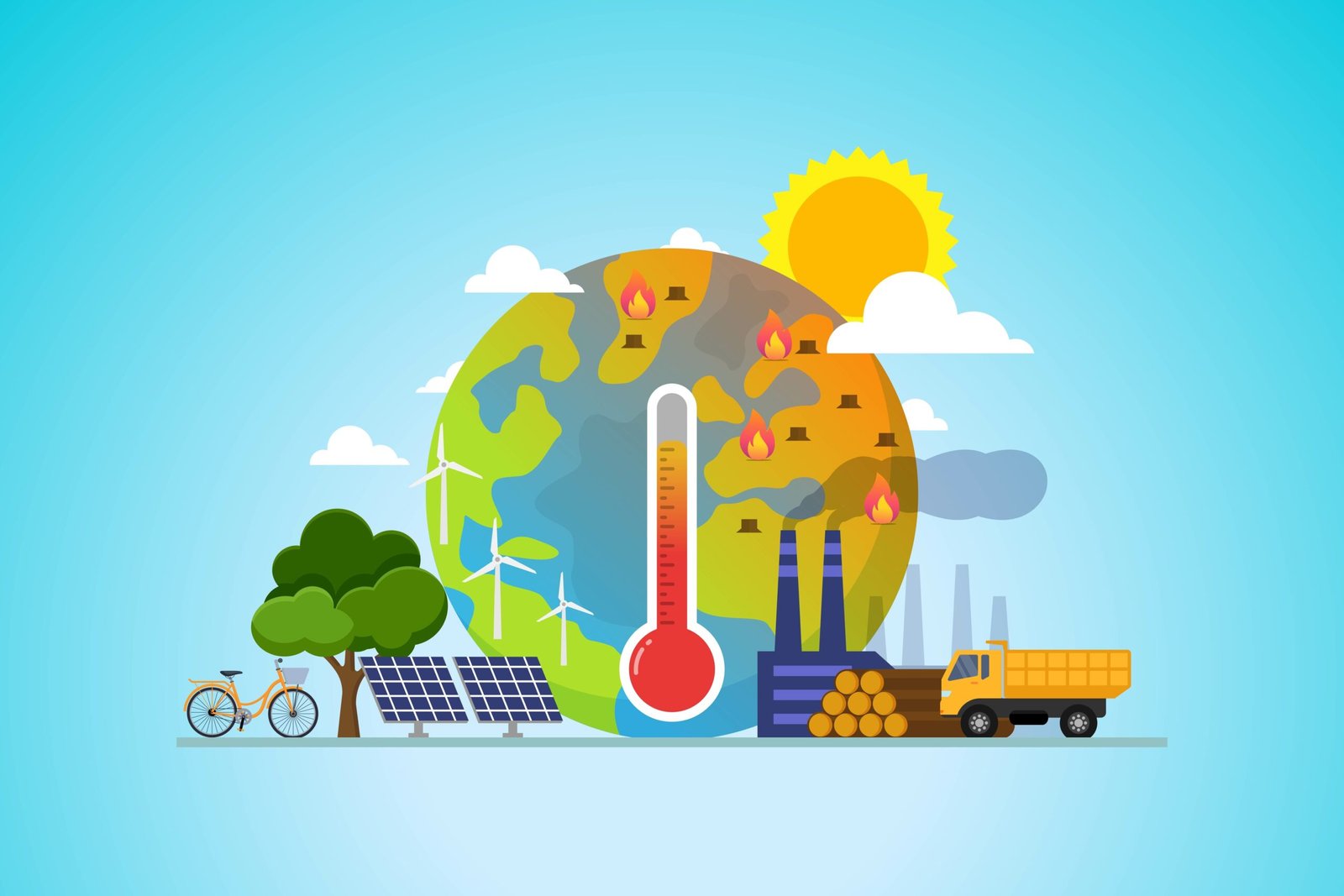
Definition:
Global Warming Potential (GWP) is a measure that describes the relative ability of a greenhouse gas to trap heat in the atmosphere over a specific period, typically 20, 100, or 500 years, compared to carbon dioxide (CO2), which has a GWP of 1. It provides a way to compare the environmental impacts of different gases.
How GWP is Calculated:
- Time Horizon: GWP is calculated over a specific time frame, commonly 100 years (GWP100).
- Radiative Efficiency: This is the ability of the gas to absorb heat (infrared radiation) per unit of mass.
- Atmospheric Lifetime: How long the gas stays in the atmosphere before being removed by natural processes.
The formula for calculating GWP involves integrating the radiative forcing of the gas over the chosen time horizon and comparing it to CO2:
GWPgas=∫0TRadiative Forcinggas(t) dt∫0TRadiative ForcingCO2(t) dt\text{GWP}_{\text{gas}} = \frac{\int_0^T \text{Radiative Forcing}_{\text{gas}}(t) \, dt}{\int_0^T \text{Radiative Forcing}_{\text{CO2}}(t) \, dt}GWPgas=∫0TRadiative ForcingCO2(t)dt∫0TRadiative Forcinggas(t)dt
where TTT is the time horizon (e.g., 100 years).
Importance of GWP:
- Comparative Tool: GWP allows for the comparison of the impact of different greenhouse gases on global warming.
- Regulatory and Policy Frameworks: Helps shape environmental policies and regulations by identifying which gases need stricter controls.
- Climate Modeling: Used in climate change models to predict future climate scenarios based on different greenhouse gas emission levels.
Examples of GWP Values:
- CO2 (Carbon Dioxide): GWP of 1 (baseline reference).
- Methane (CH4): GWP of 25 (100-year horizon), meaning methane is 25 times more potent than CO2 over 100 years.
- Nitrous Oxide (N2O): GWP of 298 (100-year horizon).
- R-134a: GWP of 1,430.
- R-404A: GWP of 3,922.
- R-410A: GWP of 2,088.
Limitations of GWP:
- Time Dependency: GWP values change depending on the chosen time horizon. For instance, the GWP of methane is higher over a 20-year period than over 100 years.
- Complex Interactions: Does not account for all complex interactions and feedback mechanisms in the climate system.
- Focus on CO2 Equivalents: May oversimplify the broader impacts of greenhouse gases beyond just their radiative forcing.
Summary
Global Warming Potential (GWP) is a crucial metric in understanding and comparing the impacts of various greenhouse gases on global warming. By standardizing the impact relative to CO2, GWP helps policymakers, scientists, and industries make informed decisions to mitigate climate change.
For more information on refrigeration cycles, slow speed diesels or steam visit maritimehub.com




